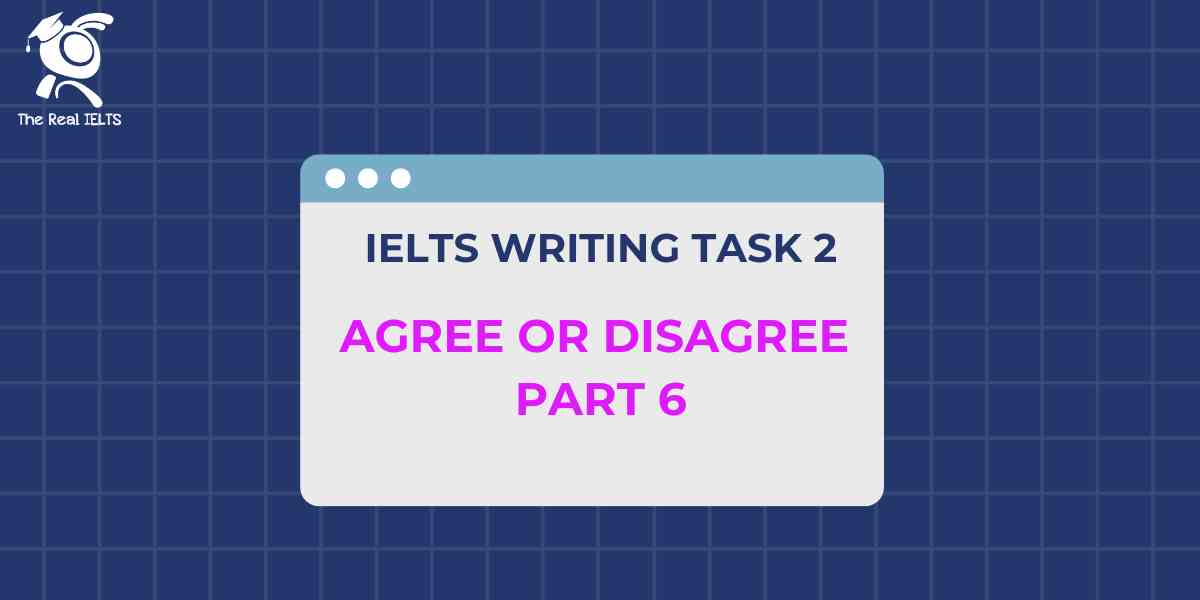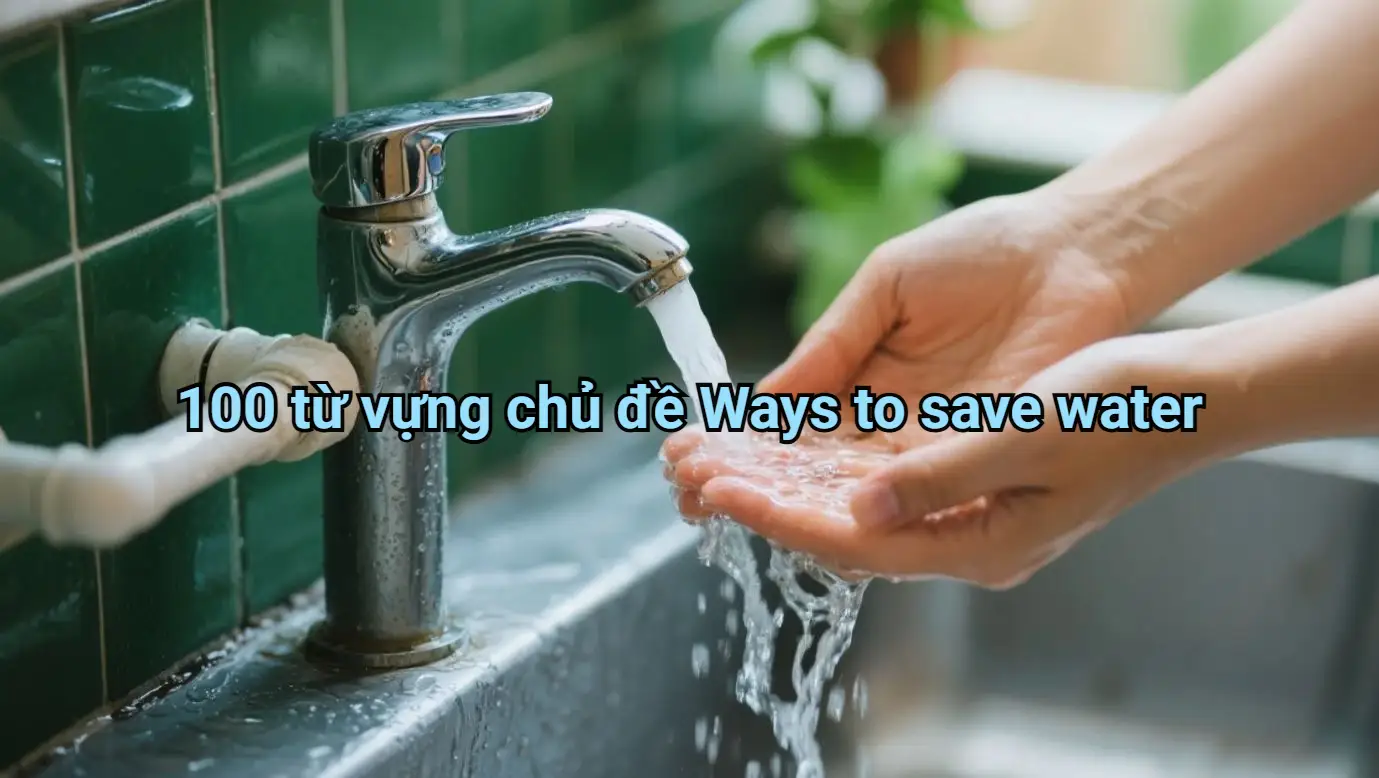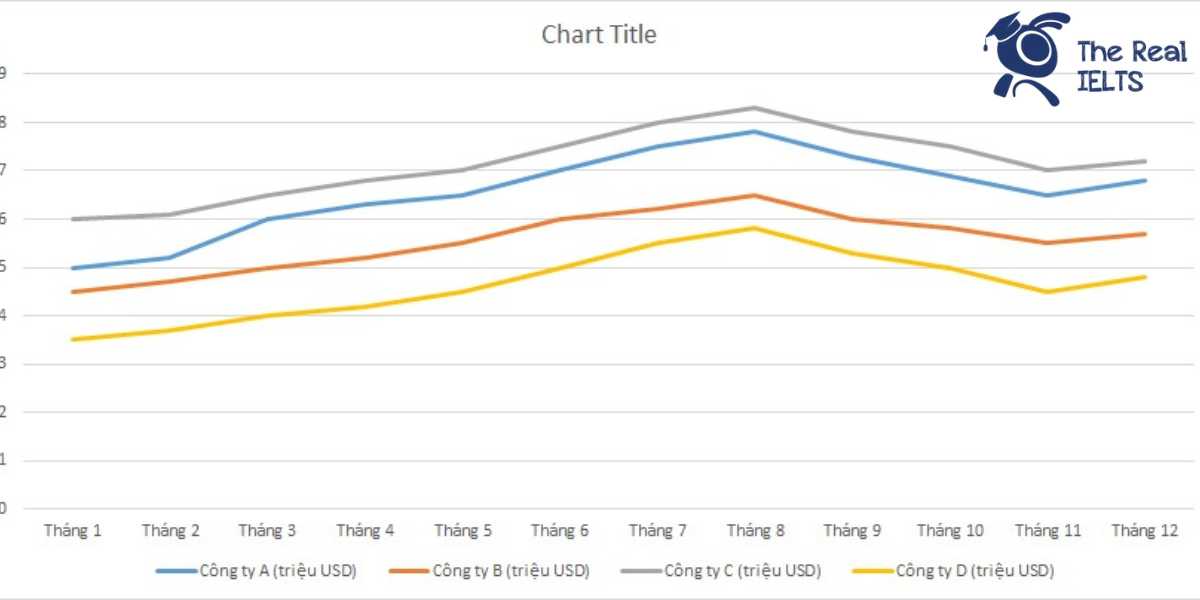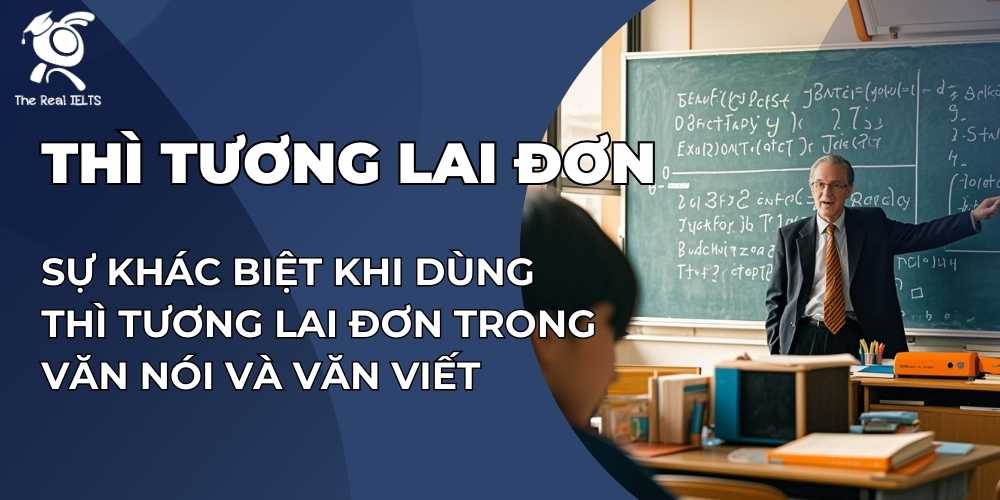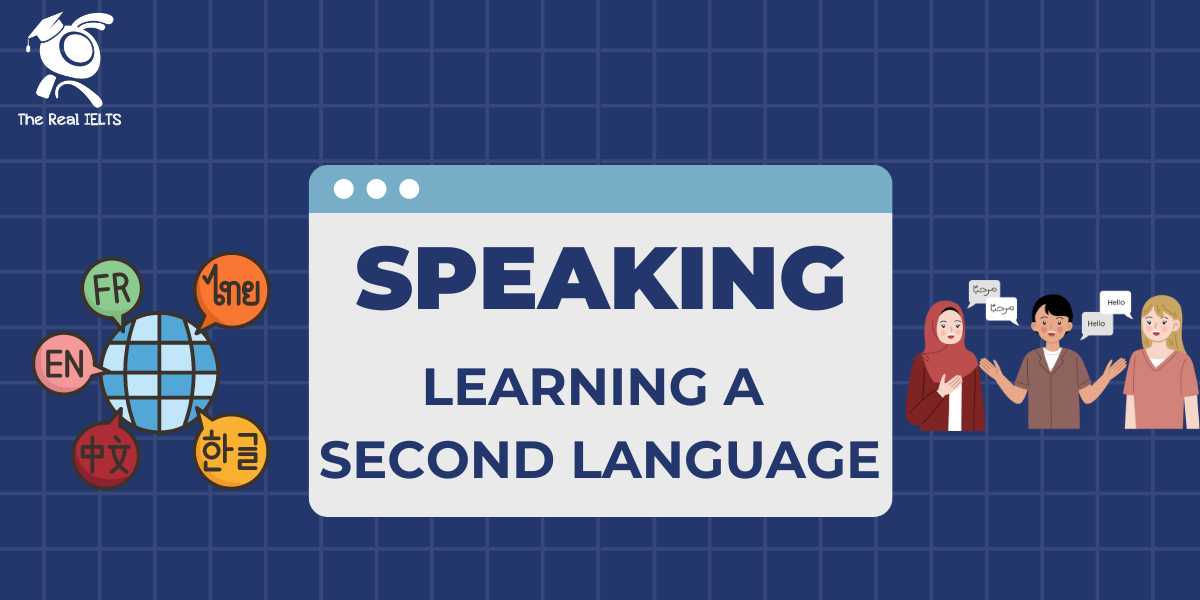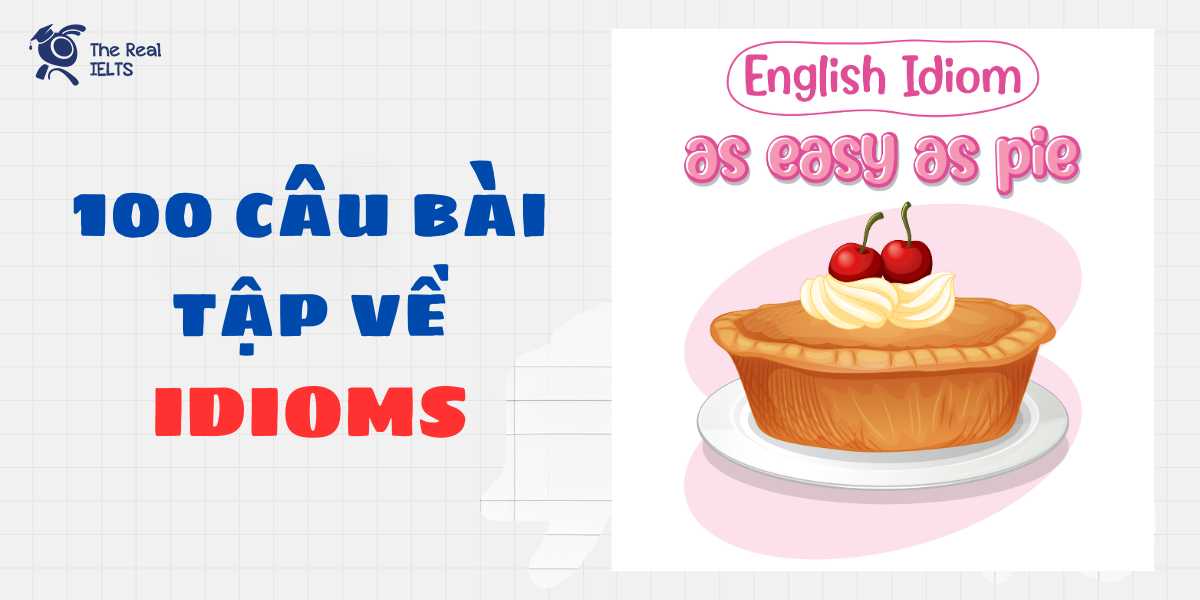Đề bài IELTS Writing Task 2 dạng Agree or Disagree Part 6:
You should spend about 40 minutes on this task
Advertising manipulates consumers. To what extent do you agree or disagree?
Write at least 250 words.
Giải mẫu IELTS Writing
Advertising is an omnipresent force in modern society, influencing everything from our daily choices to broader cultural trends. While some argue that it merely informs consumers and helps them make better decisions, others believe it manipulates and exploits them. In my opinion, advertising often manipulates consumers, though not all advertisements are inherently manipulative.
Firstly, many advertising strategies are designed specifically to manipulate consumer emotions and behavior. Techniques such as appealing to emotions, creating a sense of urgency, or using celebrity endorsements can lead consumers to make impulsive purchases. For example, advertisements for luxury products often evoke feelings of envy or desire, suggesting that owning such items can elevate one’s social status or self-worth. This emotional manipulation can distort a consumer’s perception of what they truly need or want.
Furthermore, advertisements often present products in an idealized manner, which can mislead consumers. For instance, food advertisements typically feature perfectly styled dishes that do not represent the actual product. This can lead to unrealistic expectations and disappointment. Additionally, some advertisements may omit critical information, such as potential side effects of a medication or the hidden costs of a service, thereby manipulating the consumer’s understanding of the product.
However, it is essential to acknowledge that not all advertising is manipulative. Informative advertisements can help consumers make informed choices by providing essential details about a product’s features, benefits, and pricing. For example, advertisements for new technology or health products often highlight specifications and evidence-based benefits, which can assist consumers in making decisions based on factual information rather than emotional appeal.
Moreover, advertising plays a crucial role in a competitive market by enabling consumers to compare products and services. This can lead to better consumer choices and stimulate innovation and competition among businesses. In such cases, advertising empowers rather than manipulates consumers.
In conclusion, while it is undeniable that advertising can and often does manipulate consumers by appealing to emotions and presenting products in an idealized way, it is not universally manipulative. There are many instances where advertising serves a beneficial role, informing and empowering consumers. Therefore, the extent to which advertising manipulates consumers depends on the methods employed and the intent behind the message. Consumers should remain critical and discerning, and regulations should ensure that advertisements are honest and transparent.
Cấu trúc ngữ pháp và cấu trúc câu
Cấu trúc câu
- Câu đơn (Simple Sentences)
- Ví dụ: “Advertising is an omnipresent force in modern society.”
- Câu này chỉ chứa một mệnh đề chính.
- Câu ghép (Compound Sentences)
- Ví dụ: “While some argue that it merely informs consumers and helps them make better decisions, others believe it manipulates and exploits them.”
- Câu này bao gồm hai mệnh đề chính được nối với nhau bởi liên từ “while.”
- Câu phức (Complex Sentences)
- Ví dụ: “Techniques such as appealing to emotions, creating a sense of urgency, or using celebrity endorsements can lead consumers to make impulsive purchases.”
- Câu này bao gồm một mệnh đề chính và một mệnh đề phụ chỉ mục đích (result clause).
- Câu hỗn hợp (Compound-Complex Sentences)
- Ví dụ: “For example, advertisements for luxury products often evoke feelings of envy or desire, suggesting that owning such items can elevate one’s social status or self-worth.”
- Câu này có một mệnh đề chính và một mệnh đề phụ bổ sung.
Cấu trúc ngữ pháp
- Cấu trúc So sánh (Comparative Structures)
- Ví dụ: “This emotional manipulation can distort a consumer’s perception of what they truly need or want.”
- Sử dụng cấu trúc so sánh để so sánh các khái niệm hoặc hành động.
- Mệnh đề chỉ mục đích (Purpose Clauses)
- Ví dụ: “Techniques such as appealing to emotions, creating a sense of urgency, or using celebrity endorsements can lead consumers to make impulsive purchases.”
- Mệnh đề này chỉ mục đích (purpose clause).
- Mệnh đề quan hệ (Relative Clauses)
- Ví dụ: “For instance, food advertisements typically feature perfectly styled dishes that do not represent the actual product.”
- Mệnh đề “that do not represent the actual product” là mệnh đề quan hệ bổ sung thông tin.
- Mệnh đề điều kiện (Conditional Clauses)
- Ví dụ: “If advertisements are honest and transparent, consumers can make better-informed decisions.”
- Câu điều kiện giả định.
- Danh từ hóa (Nominalization)
- Ví dụ: “Emotional manipulation can distort a consumer’s perception.”
- Danh từ hóa “manipulation” từ động từ “manipulate.”
- Câu có cấu trúc chính phụ (Main and Subordinate Clauses)
- Ví dụ: “While it is undeniable that advertising can and often does manipulate consumers by appealing to emotions and presenting products in an idealized way, it is not universally manipulative.”
- Câu này bao gồm một mệnh đề chính và một mệnh đề phụ chỉ điều kiện.
- Danh từ và Tính từ (Nouns and Adjectives)
- Ví dụ: “Luxury products,” “social status,” “self-worth”
- Các tính từ như “luxury” (xa xỉ) và “social” (xã hội) được dùng để mô tả các danh từ.
- Động từ và Trạng từ (Verbs and Adverbs)
- Ví dụ: “manipulates,” “inform,” “mislead,” “empowers”
- Các động từ như “manipulates” và trạng từ như “often” (thường xuyên) được dùng để mô tả hành động và tần suất.
- While
- Ví dụ: “While some argue that it merely informs consumers and helps them make better decisions, others believe it manipulates and exploits them.”
- Sử dụng để so sánh hai ý kiến khác nhau.
- For Example
- Ví dụ: “For example, advertisements for luxury products often evoke feelings of envy or desire…”
- Sử dụng để đưa ra ví dụ minh họa.
- Moreover
- Ví dụ: “Moreover, advertising plays a crucial role in a competitive market by enabling consumers to compare products and services.”
- Sử dụng để thêm thông tin hoặc mở rộng một ý.
- Therefore
- Ví dụ: “Therefore, the extent to which advertising manipulates consumers depends on the methods employed and the intent behind the message.”
- Sử dụng để kết luận hoặc chỉ ra kết quả.
- In Conclusion
- Ví dụ: “In conclusion, while it is undeniable that advertising can and often does manipulate consumers…”
- Sử dụng để tóm tắt và kết thúc bài viết.
- However
- Ví dụ: “However, it is essential to acknowledge that not all advertising is manipulative.”
- Sử dụng để chỉ ra sự tương phản hoặc phản biện.
- Additionally
- Ví dụ: “Additionally, some advertisements may omit critical information…”
- Sử dụng để bổ sung thêm thông tin.
- In such cases
- Ví dụ: “In such cases, advertising empowers rather than manipulates consumers.”
- Sử dụng để chỉ ra những tình huống cụ thể.
- Firstly
- Ví dụ: “Firstly, many advertising strategies are designed specifically to manipulate consumer emotions and behavior.”
- Sử dụng để bắt đầu một đoạn liệt kê các điểm chính.
- Furthermore
- Ví dụ: “Furthermore, advertisements often present products in an idealized manner…”
- Sử dụng để mở rộng và tiếp tục từ ý chính ở đoạn trước.
- However
- Ví dụ: “However, it is essential to acknowledge that not all advertising is manipulative.”
- Sử dụng để chỉ ra sự đối lập hoặc thay đổi trong luận điểm.
- In conclusion: Ví dụ: “In conclusion, while it is undeniable that advertising can and often does manipulate consumers…”Sử dụng để kết thúc và tổng hợp các điểm đã nêu.
Các từ vựng tiếng Anh cần lưu ý trong bài viết
- Manipulates – thao túng
- Consumers – người tiêu dùng
- Omnipresent – hiện diện khắp nơi
- Cultural trends – xu hướng văn hóa
- Emotions – cảm xúc
- Behavior – hành vi
- Impulsive purchases – mua sắm theo cảm hứng
- Luxury products – sản phẩm xa xỉ
- Social status – địa vị xã hội
- Self-worth – giá trị bản thân
- Idealized – lý tưởng hóa
- Expectations – mong đợi
- Disappointment – sự thất vọng
- Omit – bỏ qua
- Side effects – tác dụng phụ
- Hidden costs – chi phí ẩn
- Informative – cung cấp thông tin
- Specifications – thông số kỹ thuật
- Evidence-based – dựa trên bằng chứng
- Competitive market – thị trường cạnh tranh
- Empowers – trao quyền
- Regulations – quy định
- Honest – trung thực
- Transparent – minh bạch
Đọc thêm các bài Luyện Thi IELTS khác trong link nhé.


